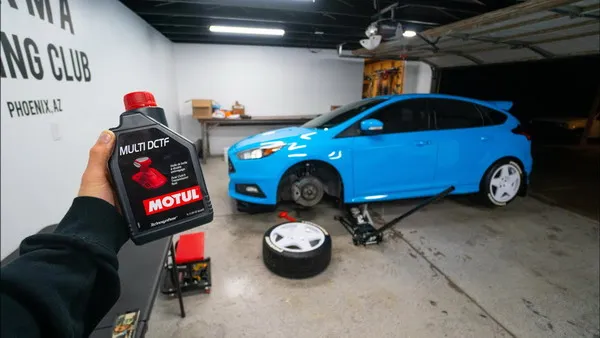Simple cylinder head concept
Last Updated on July 22, 2024 by Mutiara
An extremely simple concept, although untested, the following cylinder head design requires no camshafts, valve springs, valves, or manifolds. Most likely the most simple cylinder head design possible. The concept shares a bit in common with the rotary valve engine designs that have been built and even raced in the past, however takes the simplification one step further.
The design involves using two metal tubes to rotate inside two slightly larger steel tubes which have the same inner diameter as the smaller tubes have outer diameter, allowing a tight fit and somewhat of a seal. An intake and exhaust port would be made for each cylinder, without any valves, linked to the two steel tubes by a welded tube in between. Then the inner steel tube would have drilled out openings in the same positions as the stock cam lobes. The inner steel tubes can have two cam gears welded on to them, or one if the engine was an SOHC, with gear linkage in between both shafts.
During the intake or compression cycle, the ports on the inner most tube would align with the ports in the cylinder head and allow the air to go in or exit the engine, similarly to that of roller barrel throttle bodies or ball valves. As the openings are aligned, the air would move through the inside of the tube, which doubles as a manifold at the same time. With only one side of the tube open, since the other is being driven by a cam gear, the air would either exit to the exhaust or enter from the throttle body.
Here’s another crude image to help with visualizing the design, of the combustion chamber in the head.
Construction
The biggest advantage of this design is that it would be relatively easy for anyone to construct, even without a machine shop, so long as they have basic tools such as a drill press, welder, angle grinder, etc. From personal experience, it is easy to find tubes that have such perfect tolerances when it comes to inserting one into the other from typical metal supply warehouses. This was once done to create a sleeve for an axle extension, and the results were extremely small tolerances and a perfect fit and alignment.
Assembly would be fairly easy, by purchasing a very thick steel plate and tracing all of the things that would require drilling to mate to the cylinder block. Depending on engine and piston design, a second plate may have to be used to provide enough clearance for the spark plug. Compression will also have to be calculated, based on the volume inside the port which would lead to the rotating tube.
Something similar to a round cam seal can be used for the intake by the exit to avoid leaks between the throttle body. On most engines, the fuel rail with fuel injection will have to be converted to a custom throttle body injection type setup.
Oil feed lines can be drilled in the steel plate where the old ones to the head were, and a couple lines could be run to the outer steel tubes, to lubricate the inner steel tube as it rotates, and partially seal it.
Problems
The biggest problem with this concept is the seal (or lack of) between the two tubes would most likely result in large compression leaks between the cylinders. Using seals to cure this problem could become problematic due to the amount of heat the exhaust side would experience, most likely killing any normal seals in no time. Otherwise, the other problem this creates is the oil used to lubricate the inner rod would leak into and contaminate the combustion chamber.
While not too much of a problem, another drawback would be loss in performance as far as gas flow, due to the sharp corner. This is similar to the flow problems found on log style exhaust manifolds.
Advantages
If the design was feasible enough to create into a dependable part, there would be many benefits:
- No valves to move.
- No springs to compress, more power to the wheels.
- Increase rpms past the capabilities of normal valve train.
- No external manifolds.
- Simpler construction method.
- Less weight in the vehicle due to simplicity.
- Compact engine design requiring much less room.
- Less potential points of failure.
- Since there would be no springs to compress and rotating the tubes would be easy, they could potentially be turned by a motor to eliminate friction losses of the belt, at the same time allowing for a true electronic timing controll by the ECU and adjustments for power or fuel economy.
- Non-interference design, if powered by a belt, failure of the belt would not result in permanent damage.
Conclusion
The concept seems feasible enough for someone to attempt to create on their own, which I may do once my project is done. Even if 20 seconds of operation are achieved, the effort spent to prove a concept would be worth it.
Illustration & concept created by Alex (mechdb@gmail.com).


